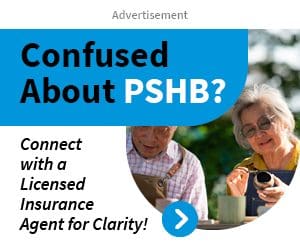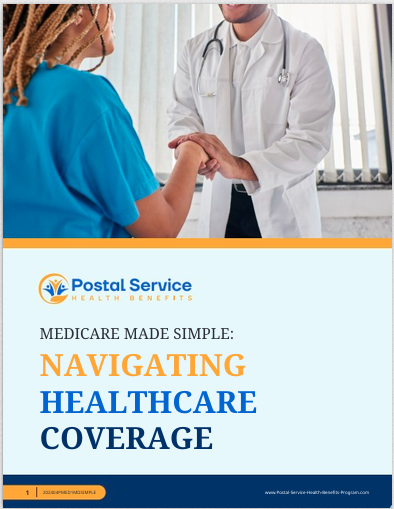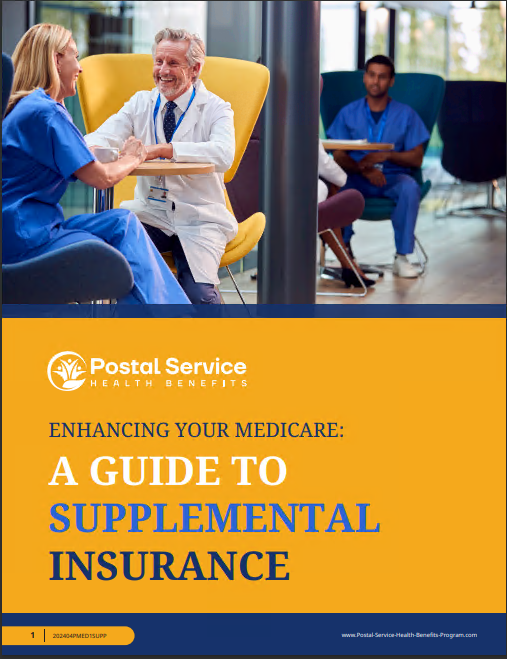Key Takeaways
- Understanding PSHB enrollment periods and deadlines is crucial for USPS employees to ensure they have continuous and comprehensive healthcare coverage.
- Knowing the key benefits of PSHB helps USPS workers make informed decisions about their health plan options.
Key Dates and Deadlines: PSHB Enrollment Periods for Postal Workers
Introduction to Postal Service Health Benefits (PSHB)
Postal Service Health Benefits (PSHB) is a specialized healthcare program designed to meet the unique needs of United States Postal Service (USPS) employees. This program aims to provide comprehensive health coverage that ensures postal workers have access to necessary medical care, balancing costs and coverage options effectively. PSHB is an integral part of the benefits package offered to USPS employees, featuring various health plan options that cater to different needs and preferences.
Understanding PSHB and its enrollment periods is essential for USPS employees to make informed decisions about their healthcare coverage. This guide will cover the key elements of PSHB, highlighting the benefits, plan options, enrollment processes, and critical dates and deadlines.
Benefits of PSHB for USPS Employees
PSHB offers numerous benefits that are specifically tailored to USPS employees. These benefits include:
-
Comprehensive Coverage: PSHB plans cover a wide range of medical services, including preventive care, doctor visits, hospital stays, and prescription drugs. This ensures that USPS employees can access essential healthcare services when needed.
-
Network Flexibility: Depending on the chosen plan, employees may have the flexibility to see any doctor or specialist, either within a specific network or, in some cases, out of network.
-
Cost-Effective Plans: PSHB plans are designed to be cost-effective, offering various options to suit different budgets and healthcare needs. Plans may include lower premiums, deductibles, and out-of-pocket costs.
-
Additional Benefits: Some PSHB plans offer additional benefits such as dental and vision coverage, wellness programs, and access to telehealth services, providing a well-rounded healthcare package.
Overview of PSHB Plan Options and Coverage
PSHB offers several plan options to accommodate the diverse needs of USPS employees. Understanding these options and their coverage is crucial for selecting the best plan for you and your family:
-
Health Maintenance Organizations (HMOs): HMOs provide a network of healthcare providers and facilities. Members typically need to choose a primary care physician (PCP) and get referrals for specialist services. HMOs usually have lower premiums and out-of-pocket costs but offer less flexibility in choosing providers.
-
Preferred Provider Organizations (PPOs): PPOs offer more flexibility in selecting healthcare providers. Members can see any doctor or specialist without a referral, though using in-network providers will result in lower costs. PPOs typically have higher premiums but provide greater freedom in healthcare choices.
-
High Deductible Health Plans (HDHPs): HDHPs have higher deductibles but lower premiums. These plans are often paired with Health Savings Accounts (HSAs), allowing members to save money tax-free for medical expenses. HDHPs are a good option for those who do not anticipate needing frequent medical care.
-
Point of Service (POS) Plans: POS plans combine features of HMOs and PPOs. Members can choose to use services within the network (like an HMO) or outside the network (like a PPO), with different cost structures for each.
How to Enroll in PSHB: A Step-by-Step Guide
Enrolling in PSHB is a straightforward process, but it’s important to follow the necessary steps to ensure continuous coverage. Here’s a step-by-step guide to help you through the enrollment process:
-
Review Plan Options: Start by reviewing the available PSHB plan options. Consider factors such as coverage, premiums, deductibles, and additional benefits to choose the plan that best meets your needs.
-
Gather Necessary Information: Have your personal information and employment details ready. This includes your USPS employee ID, Social Security number, and any relevant medical information.
-
Enroll During Open Season: The Open Season is the designated period each year when USPS employees can enroll in or make changes to their PSHB plans. Make sure to enroll during this time to avoid missing the deadline.
-
Qualifying Life Events: If you experience a qualifying life event (QLE) such as marriage, divorce, the birth of a child, or a change in employment status, you may be eligible for a Special Enrollment Period (SEP). This allows you to make changes to your health plan outside of the Open Season.
-
Initial Enrollment for New Employees: New USPS employees have an initial enrollment period within the first 60 days of employment. It’s crucial to enroll during this time to ensure that you have health coverage from the start of your employment.
-
Submit Your Enrollment: Complete the enrollment process by submitting your chosen plan through the designated USPS enrollment platform. Make sure to keep a copy of your enrollment confirmation for your records.
Key Dates and Enrollment Periods for PSHB
Knowing the key dates and enrollment periods for PSHB is essential for maintaining continuous coverage. Here are the important periods to be aware of:
-
Open Season: The Open Season typically occurs in the fall, from mid-November to mid-December. During this time, USPS employees can enroll in or make changes to their PSHB plans for the upcoming year.
-
Qualifying Life Events (QLEs): If you experience a QLE, you have a limited time (usually 30-60 days) to make changes to your health plan. It’s important to report the event promptly and update your coverage accordingly.
-
Initial Enrollment Period: New USPS employees have 60 days from their start date to enroll in PSHB. Ensure that you complete your enrollment within this period to avoid any gaps in coverage.
-
Medicare Enrollment Periods: For USPS employees who are eligible for Medicare, understanding the coordination of benefits and the enrollment periods for Medicare Part B is crucial. Typically, you need to enroll in Medicare Part B during your Initial Enrollment Period, which starts three months before your 65th birthday and ends three months after it.
Resources for USPS Workers on PSHB
USPS employees have access to a variety of resources to help them navigate their PSHB benefits. These resources can provide valuable information and assistance throughout the enrollment process and beyond:
-
USPS Benefits Center: The USPS Benefits Center offers comprehensive information about PSHB plans, coverage options, and enrollment processes. Employees can access plan brochures, comparison tools, and enrollment guides.
-
Online Enrollment Platform: The USPS online enrollment platform allows employees to review plan options, make changes to their coverage, and complete the enrollment process electronically.
-
Human Resources (HR) Support: USPS HR representatives are available to answer questions and provide assistance with PSHB enrollment. They can help employees understand their options and guide them through the process.
-
Licensed Insurance Agents: Consulting with a licensed insurance agent can provide personalized advice and help you make informed decisions about your healthcare coverage. Agents can explain plan details, benefits, and costs.
Coordinating Medicare with PSHB for USPS Employees
For USPS employees who are eligible for Medicare, understanding how Medicare interacts with PSHB is essential for maximizing benefits and minimizing out-of-pocket costs. Here are some key points to consider:
-
Medicare Part B Enrollment: If you are eligible for Medicare, enrolling in Medicare Part B is important. Medicare Part B covers outpatient medical services such as doctor visits, preventive care, and durable medical equipment.
-
Coordination of Benefits: When you are enrolled in both PSHB and Medicare Part B, these programs coordinate to provide comprehensive coverage. Generally, Medicare becomes the primary payer, and PSHB acts as the secondary payer, covering costs that Medicare does not.
-
Cost Savings: Enrolling in Medicare Part B can reduce your out-of-pocket expenses for medical services. Since Medicare covers a significant portion of medical costs, the remaining expenses covered by PSHB can be lower.
Conclusion
Managing your PSHB benefits effectively ensures that you have access to the healthcare services you need while minimizing out-of-pocket costs. Staying informed about key dates, understanding how Medicare Part B interacts with your PSHB coverage, and choosing the right plan options are all critical steps. By reviewing your plan annually and seeking professional advice when needed, you can make the most of the benefits available to you as a USPS employee.
Contact Information:
Email: [email protected]
Phone: 5105556789







